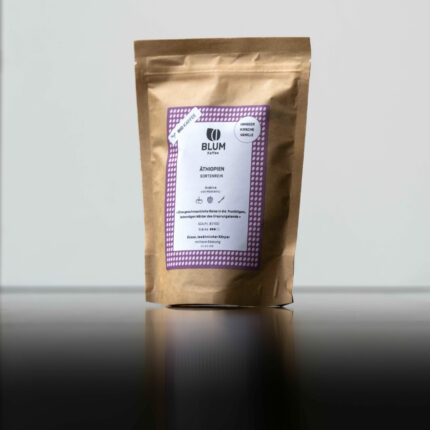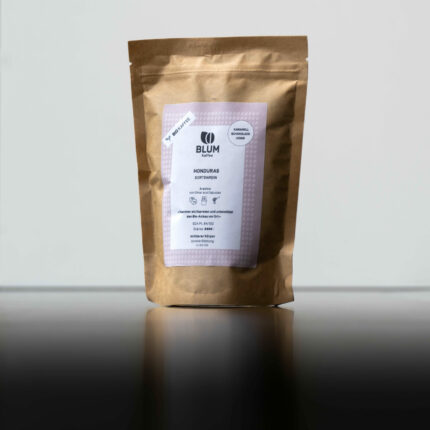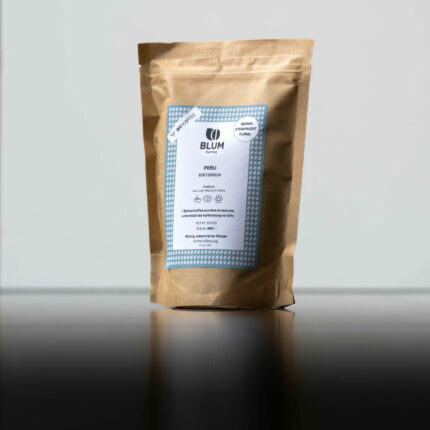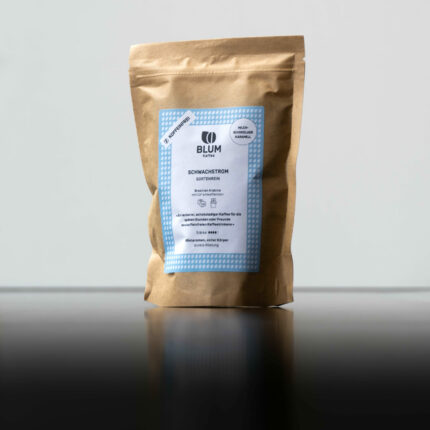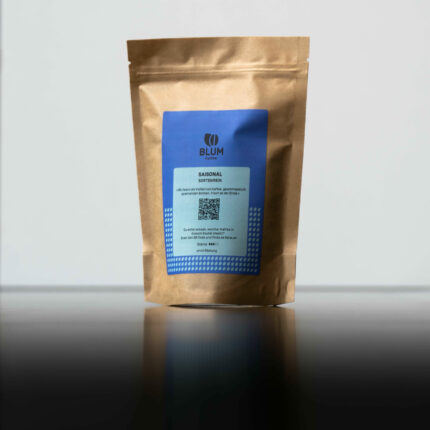Discover Intensely Flavorful Espresso Beans
Whether you prefer the traditional Italian style, chocolatey notes, or a modern fruity twist, our selection offers the finest espresso beans. If you’re seeking intense aroma, rich crema, and unparalleled flavor, you’ve come to the right place. Explore our range to find the perfect espresso beans for your preferences.
Showing all 8 results
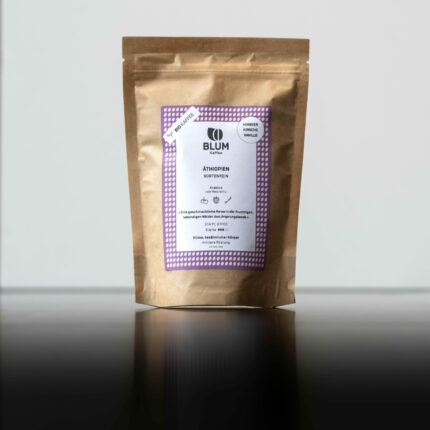
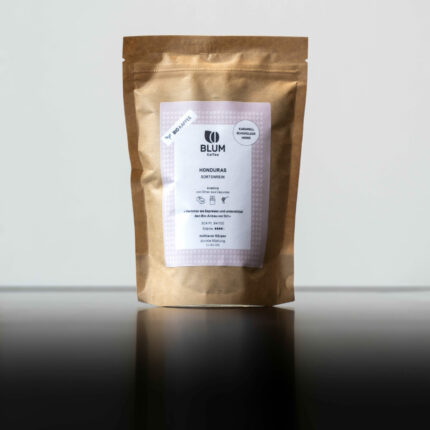

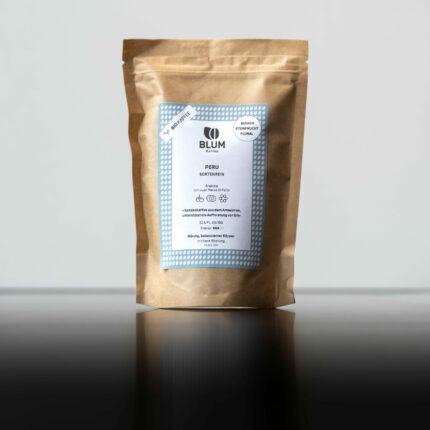
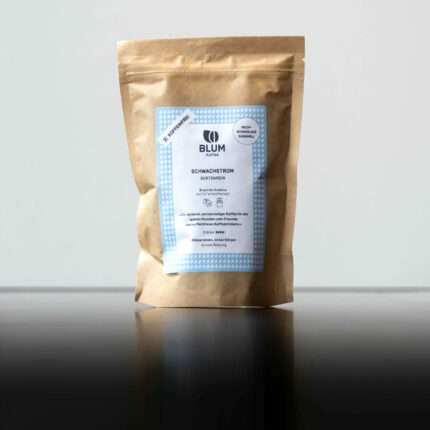
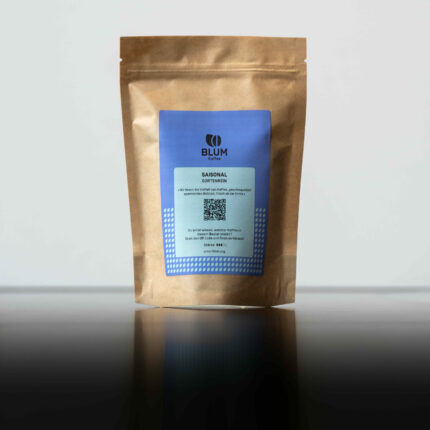
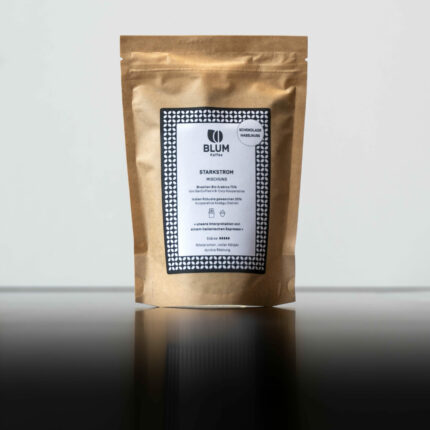
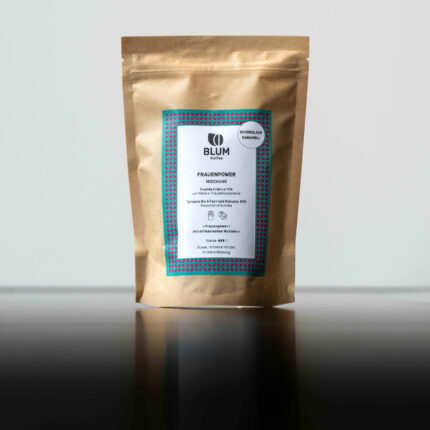
The importance of freshness for espresso beans
The freshness of your espresso beans is crucial for a good extraction in the portafilter or fully automatic coffee machine and therefore a good taste in the cup.
It all starts with the storage of your espresso beans: Coffee is a fresh product and tastes best when it is freshly prepared. Storing espresso beans incorrectly can impair the taste, while storing them correctly preserves the aromatic substances in the bean for longer. Coffee reacts with oxygen and oxidizes over time, causing it to lose flavour and aroma. To maintain freshness, it is advisable to use the espresso beans within 2-3 months of the roasting date. It is also important to protect the coffee from oxygen and store it in a cool, dry and dark place. The beans should be ground shortly before preparation, as ground espresso beans lose their aroma quicker. By observing the crema and the taste, you can determine whether the coffee is fresh or not. Old espresso beans have a weak crema and a flat taste.
You can tell how fresh your espresso beans are by the crema, the fine golden-brown foam on the surface of the freshly brewed espresso - you can find out all about crema in the video!
What's the difference between espresso beans and coffee beans?
The term “espresso beans” is actually not entirely correct, as there are no special beans that are used exclusively for espresso. Whether espresso, coffee, cappuccino or filter coffee – they are all made from the same coffee beans, which grow on a coffee plant. The difference lies mainly in the processing and roasting of the coffee bean. For espressos we traditionally use dark-roasted blends, containing Arabica and Robusta. The dark roast coffee beans, results a coffee with little acidity and chocolaty, nutty and sometimes almost roasty-ashy aromas. These dark-roasted espresso beans lend themselves very well to the short, concentrated extraction for the syrupy espresso – for many, a dominant acidity is unthinkable in espresso. Compared to espresso beans, coffee beans or café crème beans are often slightly lighter beans without Robusta content, which gives them a lighter body with fewer bitter substances and slightly more acidity. Of course, all coffee beans can also be used to make espresso – the lighter the coffee is roasted, the less bitter roasted aromas and the more fruity-sweet aromas it has.
Which espresso beans are the best?
Of course, the answer to this question depends on your personal taste.
Basically, it can be said that dark-roasted coffee blends, with Arabica and Robusta content, are very suitable for the concentrated brewing of espresso due to their chocolaty, nutty aromas and remind most coffee gourmet of a vacation in Italy and the taste accordingly. If you are looking for a balanced, less bitter taste in your espresso, you may prefer a medium roast with less acidity and a fruity-sweet aroma. Espresso drinkers who like to experiment, will enjoy lightly roasted espresso beans with a dominant acidity and an experimental aroma.
Natürlich hängt die Antwort dieser Frage stark von deinem persönlichen Geschmack ab.
Grundsätzlich lässt sich sagen, dass sich dunkel geröstete Kaffeemischungen mit Arabica sowie Robusta-Anteil aufgrund ihrer schokoladig-nussigen Aromen sehr gut für die konzentrierte Brühung des Espressos anbietet und die meisten Kaffeegeniesser an den Italien-Urlaub erinnert und dementsprechend schmeckt. Wer einen balancierten, nicht so bitteren Geschmack im Espresso sucht, dem schmeckt vielleicht eine mittlere Röstung mit wenig Säure und fruchtig-süssem Aroma besser. Experimentierfreudige Espressotrinker erfreuen sich an hell gerösteten Espressobohnen mit dominanter Säure und ausgefallenem Aroma.


